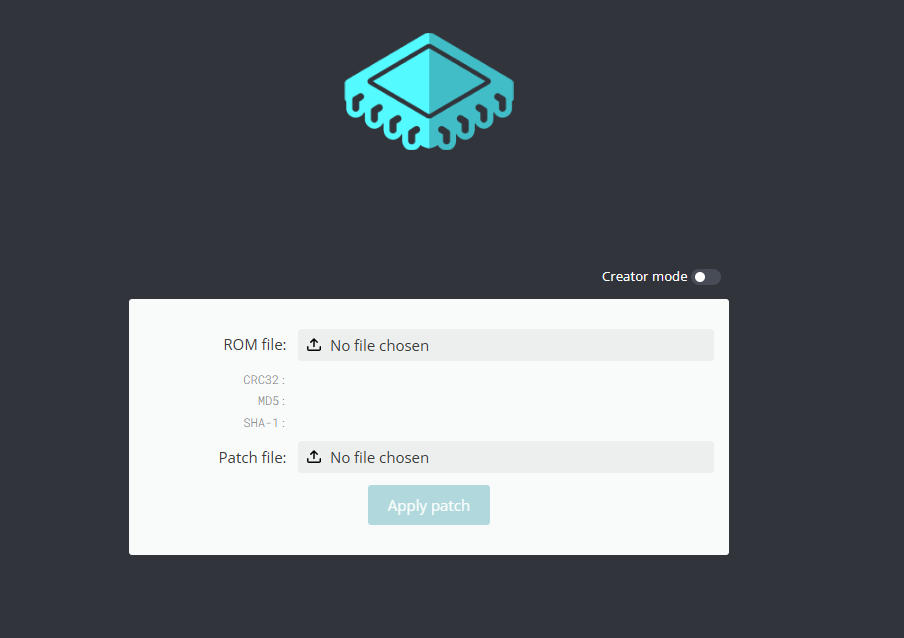-
 @ d360efec:14907b5f
2025-05-27 15:46:26
@ d360efec:14907b5f
2025-05-27 15:46:26 -
 @ 3c559080:a053153e
2025-05-25 20:26:43
@ 3c559080:a053153e
2025-05-25 20:26:43So firstly you should find an emulator for whatever you want to play on. There are many for desktop and mobile devices. Checkhere for a list of all the available consoles and their various emulators.
Next what game do you want to play? This is the like the homepage for a shit ton of roms.
Some of the more popular roms are there and other various list like Sony Nintendo
After narrowing down your selection you will end up on myrient i assume this is just some dope person hosting all these so if you get some use out of it, think of donating they even take corn, but other shitcoins too (but thats not the focus here)
Once you download the Rom of the game you want, you will get a compressed (zip) folder, unzip it and within it will be the rom, most systems will identify your emulator and use it open the game. If not, launch the emulator and within it should be an option to open a file, open the file in the unzipped folder.
Enjoy So you want to Mod?
So every Mod, is a mod for a specific game [ex. Pokemon Blue, Pokemon FireRed, Super Mario Bros.] so it requires you to get the Rom for that base game, the mod itself, and a tool to patch it.
 There is an online tool to easily patch the mod to the ROM. IMPORTANT, this will not change any naming, Id recommend having a folder with the base game roms, and a folder for the mods, and lastly a folder for the newly modded roms. Make sure to name or just save the game in modded roms folder after the patch.
There is an online tool to easily patch the mod to the ROM. IMPORTANT, this will not change any naming, Id recommend having a folder with the base game roms, and a folder for the mods, and lastly a folder for the newly modded roms. Make sure to name or just save the game in modded roms folder after the patch. Below are a few resource to find various Pokemon Rom mods(sometimes called hacks)
Personally, Pokemon Unbound is considered the best most polished hack. it runs on Pokemon Fire Red.
Pokemon Emerald Rouge is a cool take on the popular Rougelite genre. This runs on base game Pokemon Emerald
-
 @ c1e9ab3a:9cb56b43
2025-05-27 16:19:06
@ c1e9ab3a:9cb56b43
2025-05-27 16:19:06Star Wars is often viewed as a myth of rebellion, freedom, and resistance to tyranny. The iconography—scrappy rebels, totalitarian stormtroopers, lone smugglers—suggests a deep anti-authoritarian ethos. Yet, beneath the surface, the narrative arc of Star Wars consistently affirms the necessity, even sanctity, of central authority. This blog entry introduces the question: Is Star Wars fundamentally a celebration of statism?
Rebellion as Restoration, Not Revolution
The Rebel Alliance’s mission is not to dismantle centralized power, but to restore the Galactic Republic—a bureaucratic, centrally governed institution. Characters like Mon Mothma and Bail Organa are high-ranking senators, not populist revolutionaries. The goal is to remove the corrupt Empire and reinstall a previous central authority, presumed to be just.
- Rebels are loyalists to a prior state structure.
- Power is not questioned, only who wields it.
Jedi as Centralized Moral Elites
The Jedi, often idealized as protectors of peace, are unelected, extra-legal enforcers of moral and military order. Their authority stems from esoteric metaphysical abilities rather than democratic legitimacy.
- They answer only to their internal Council.
- They are deployed by the Senate, but act independently of civil law.
- Their collapse is depicted as tragic not because they were unaccountable, but because they were betrayed.
This positions them as a theocratic elite, not spiritual anarchists.
Chaos and the Frontier: The Case of the Cantina
The Mos Eisley cantina, often viewed as a symbol of frontier freedom, reveals something darker. It is: - Lawless - Violent - Culturally fragmented
Conflict resolution occurs through murder, not mediation. Obi-Wan slices off a limb; Han shoots first—both without legal consequence. There is no evidence of property rights, dispute resolution, or voluntary order.
This is not libertarian pluralism—it’s moral entropy. The message: without centralized governance, barbarism reigns.
The Mythic Arc: Restoration of the Just State
Every trilogy in the saga returns to a single theme: the fall and redemption of legitimate authority.
- Prequels: Republic collapses into tyranny.
- Originals: Rebels fight to restore legitimate order.
- Sequels: Weak governance leads to resurgence of authoritarianism; heroes must reestablish moral centralism.
The story is not anti-state—it’s anti-bad state. The solution is never decentralization; it’s the return of the right ruler or order.
Conclusion: The Hidden Statism of a Rebel Myth
Star Wars wears the costume of rebellion, but tells the story of centralized salvation. It: - Validates elite moral authority (Jedi) - Romanticizes restoration of fallen governments (Republic) - Portrays decentralized zones as corrupt and savage (outer rim worlds)
It is not an anarchist parable, nor a libertarian fable. It is a statist mythology, clothed in the spectacle of rebellion. Its core message is not that power should be abolished, but that power belongs to the virtuous few.
Question to Consider:
If the Star Wars universe consistently affirms the need for centralized moral and political authority, should we continue to see it as a myth of freedom? Or is it time to recognize it as a narrative of benevolent empire?